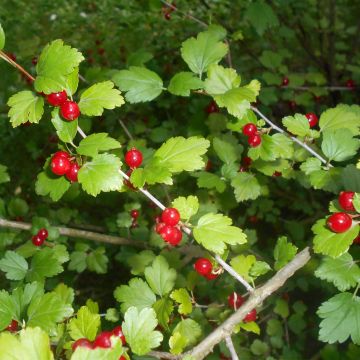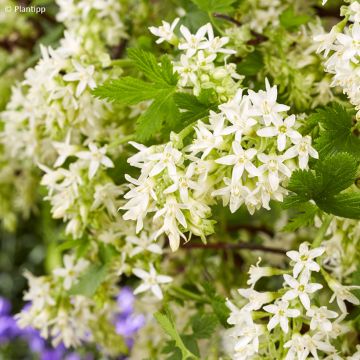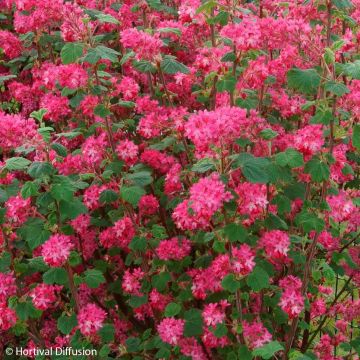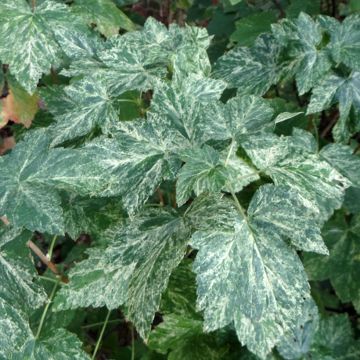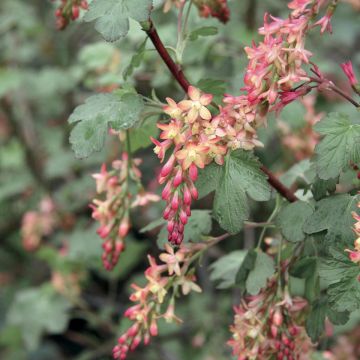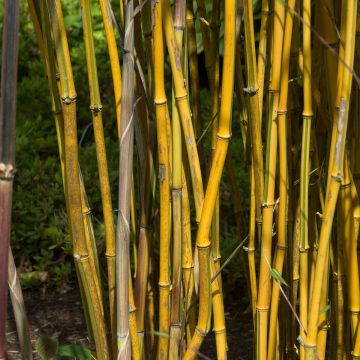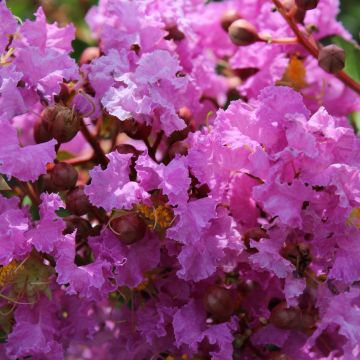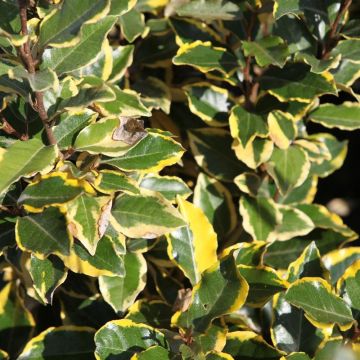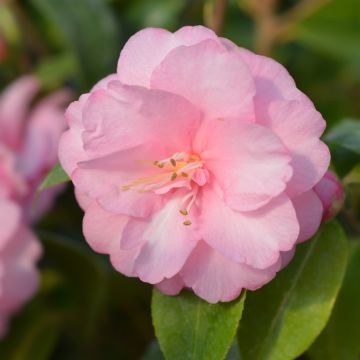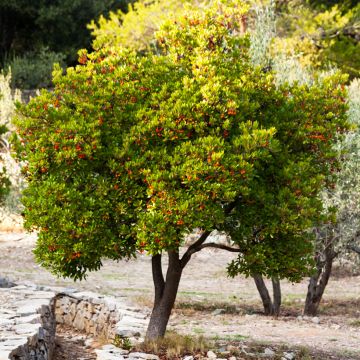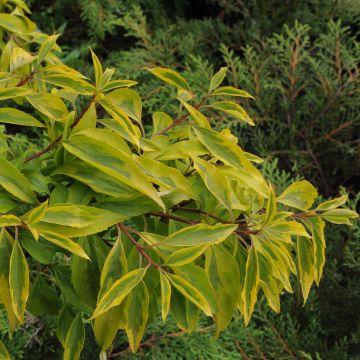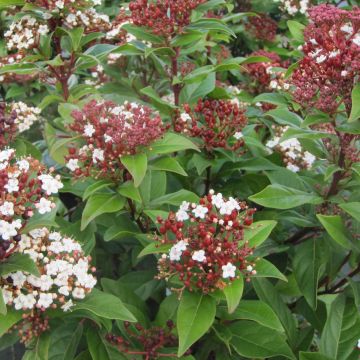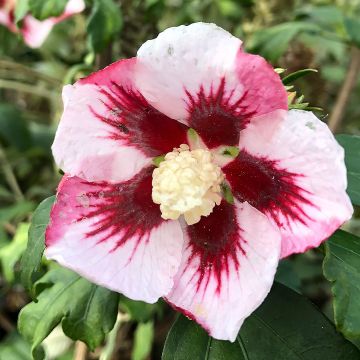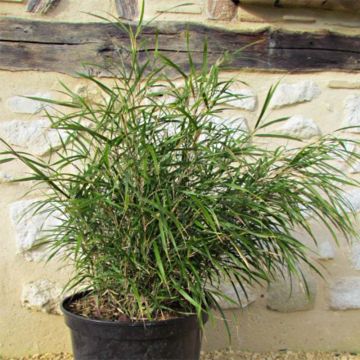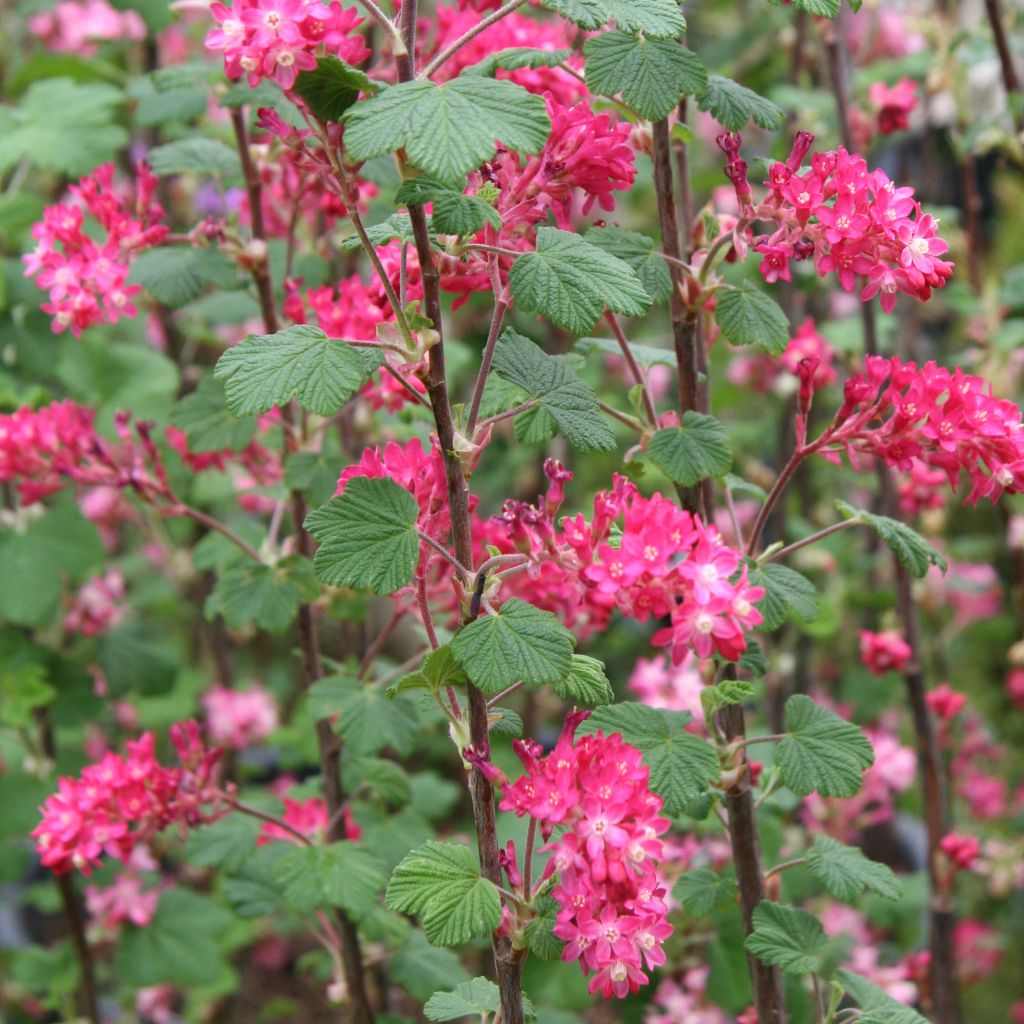

Ribes sanguineum King Edward VII - Flowering Currant
Ribes sanguineum King Edward VII - Flowering Currant
Ribes sanguineum King Edward VII
Flowering Currant, Red-flowered Currant, American Currant, Blood Currant
This item cannot be shipped to the selected country
Delivery charge from €6.90
Delivery charge from €6.90
More information
Delivery charge from €6.90
Delivery charge from €6.90
More information
Schedule delivery date,
and select date in basket
This plant carries a 24 months recovery warranty
More information
We guarantee the quality of our plants for a full growing cycle, and will replace at our expense any plant that fails to recover under normal climatic and planting conditions.
From €7.90 for pickup delivery and €6.90 for home delivery
Express home delivery from €8.90.
From €7.90 for pickup delivery and €6.90 for home delivery
Express home delivery from €8.90.
Does this plant fit my garden?
Set up your Plantfit profile →
Description
Ribes sanguineum 'King Edward VII', also known as Flowering Currant or False-Cassis, is a bushy shrub with early spring flowering in bright pink to red, fragrant flowers, followed by a blackish-blue fruiting in summer. It is a highly floriferous plant. The flower clusters measure 8 cm (3.1 in) long and emit, along with the light green foliage, a sweet aroma of blackcurrant, hence its name "False-Cassis".
'King Edward VII' is a cultivar derived from Ribes sanguineum and belongs to the Grossulariaceae family. It is native to the western United States and is a very robust shrub. It is found particularly on rocky and wooded slopes from southern California to the northwest of the United States. It will reach a height of 2 m to 3 m (6.6 ft to 9.8 ft) and spread of 1 m to 1.5 m (3.3 ft to 4.9 ft), with rapid growth.
'King Edward VII' is a deciduous shrub with an erect, bushy and rounded growth habit. In March-April, with the emergence of leaves, pendulous clusters of small bright pink to red flowers appear, highlighted by a white eye, measuring about 8 cm (3.1 in). This fragrant flowering, so welcome in the early days of spring, accompanies and follows that of the classic Forsythia. The flowers are followed in August by small globose fruits that are bluish-black with a powdery sheen, which birds love. The light green leaves, 5 cm to 10 cm (2 in to 3.9 in) long, have five shallow irregularly toothed lobes and emit a delicious blackcurrant scent.
Plant 'King Edward VII' in ordinary, deep, even chalky, rich and moist soil. This shrub will thrive in partial shade or full sun, but in a non-burning exposure. Pruning is not necessary, except to remove dead wood or correct a slightly sparse habit. The branches should be pruned back by one-third after flowering. At planting, it is advisable to bury part of the collar to promote good rooting.
This flowering currant will suit all gardens, in a free hedge, shrub borders, or even as a standalone plant. It also looks beautiful when grown in a container. You can create a stunning spring scene by planting it with Forsythia, Japanese quince, Exochorda (Exochorda racemosa), flowering plum, Chinese almond, or Japanese apricot. Planted in mixed groups of three or four, flowering currants create an effect that stands out, especially at the back of perennial borders. Finally, to fully enjoy its flowers and fragrance, you can cut budding branches that will bloom in the house.
Ribes sanguineum King Edward VII - Flowering Currant in pictures
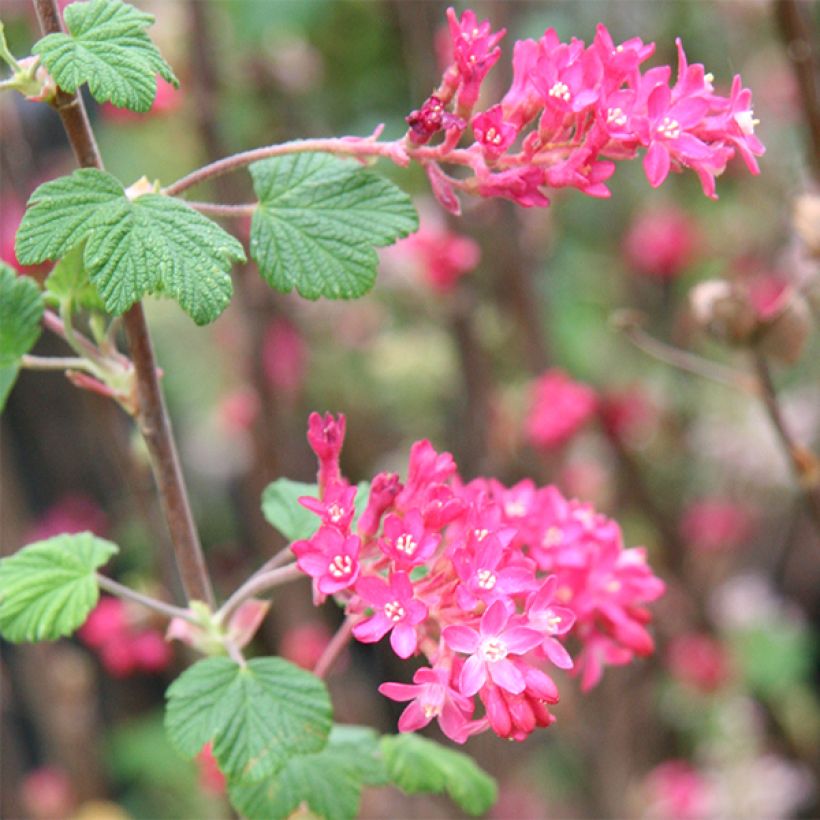

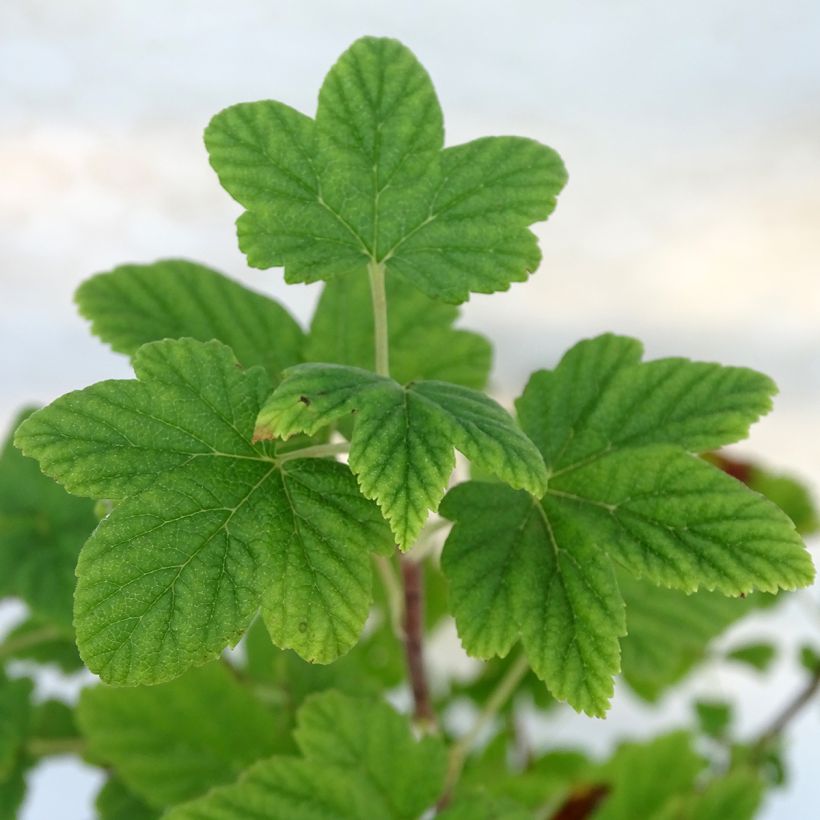

Plant habit
Flowering
Foliage
Botanical data
Ribes
sanguineum
King Edward VII
Grossulariaceae
Flowering Currant, Red-flowered Currant, American Currant, Blood Currant
Cultivar or hybrid
Other Ribes - Flowering Currants
Planting and care
Plant in ordinary, deep, even limestone, rich and moist soil. This bush will thrive in partial shade or in the sun, but in a non-burning exposure. When planting, do not hesitate to bury part of the collar to promote good rooting. Pruning is not necessary, except to remove dead wood or rectify a slightly sparse habit. The branches should be pruned to one third of their size after flowering.
Maintenance pruning: if you simply want to maintain the shape of the bush, just remove weak or overly arched branches, and dead wood.
Rejuvenation pruning: for subjects that have become too bulky or have lost their bushy shape (thinning at the base, sparse branches), it is advisable to prune the branches to 50 cm (19.7 in) from the ground. This can be done all at once (rigorous pruning, for older subjects) or over 3 years (pruning only one third of the branches each year, ensuring a balanced appearance for the bush). The bush will then form new shoots.
Planting period
Intended location
Care
-
, onOrder confirmed
Reply from on Promesse de fleurs
Hedge shrubs
Haven't found what you were looking for?
Hardiness is the lowest winter temperature a plant can endure without suffering serious damage or even dying. However, hardiness is affected by location (a sheltered area, such as a patio), protection (winter cover) and soil type (hardiness is improved by well-drained soil).

Photo Sharing Terms & Conditions
In order to encourage gardeners to interact and share their experiences, Promesse de fleurs offers various media enabling content to be uploaded onto its Site - in particular via the ‘Photo sharing’ module.
The User agrees to refrain from:
- Posting any content that is illegal, prejudicial, insulting, racist, inciteful to hatred, revisionist, contrary to public decency, that infringes on privacy or on the privacy rights of third parties, in particular the publicity rights of persons and goods, intellectual property rights, or the right to privacy.
- Submitting content on behalf of a third party;
- Impersonate the identity of a third party and/or publish any personal information about a third party;
In general, the User undertakes to refrain from any unethical behaviour.
All Content (in particular text, comments, files, images, photos, videos, creative works, etc.), which may be subject to property or intellectual property rights, image or other private rights, shall remain the property of the User, subject to the limited rights granted by the terms of the licence granted by Promesse de fleurs as stated below. Users are at liberty to publish or not to publish such Content on the Site, notably via the ‘Photo Sharing’ facility, and accept that this Content shall be made public and freely accessible, notably on the Internet.
Users further acknowledge, undertake to have ,and guarantee that they hold all necessary rights and permissions to publish such material on the Site, in particular with regard to the legislation in force pertaining to any privacy, property, intellectual property, image, or contractual rights, or rights of any other nature. By publishing such Content on the Site, Users acknowledge accepting full liability as publishers of the Content within the meaning of the law, and grant Promesse de fleurs, free of charge, an inclusive, worldwide licence for the said Content for the entire duration of its publication, including all reproduction, representation, up/downloading, displaying, performing, transmission, and storage rights.
Users also grant permission for their name to be linked to the Content and accept that this link may not always be made available.
By engaging in posting material, Users consent to their Content becoming automatically accessible on the Internet, in particular on other sites and/or blogs and/or web pages of the Promesse de fleurs site, including in particular social pages and the Promesse de fleurs catalogue.
Users may secure the removal of entrusted content free of charge by issuing a simple request via our contact form.

































